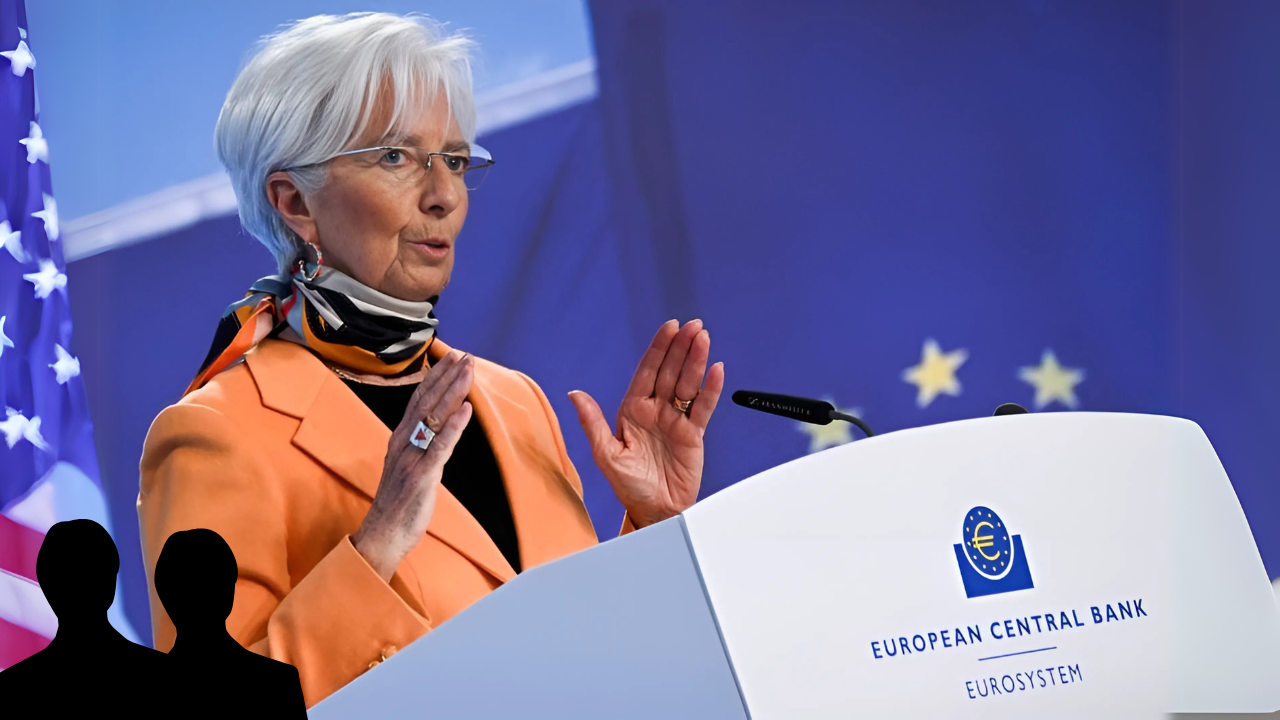
By: Aditi
Published on: Apr 16, 2025
Eurozone Inflation Eases to 2.2% in March 2025
The Eurozone’s headline inflation rate fell to 2.2% in March 2025, down from 2.3% in February, according to the latest data from Eurostat. This marks the lowest level since early 2021 and signals a continued cooling of price pressures across the bloc. The European Union’s annual inflation rate also declined to 2.5%, down from 2.7% the previous month, as global energy markets stabilize and central bank policies take effect. With inflation now nearing the European Central Bank’s (ECB) 2% target, analysts widely anticipate an interest rate cut at Thursday’s policy meeting—a move poised to bolster economic resilience amid escalating U.S. trade tensions.
While inflation is receding overall, disparities between member states remain stark. France (0.9%), Denmark (1.4%), and Luxembourg (1.5%) reported the lowest annual rates, underscoring the effectiveness of targeted fiscal policies and energy subsidies in these nations. Conversely, Romania (5.1%), Hungary (4.8%), and Poland (4.4%) grapple with persistently high inflation driven by rising food costs, wage growth, and energy dependencies.
Southeast Europe’s Mixed Picture
Breaking down the drivers of Eurozone inflation reveals nuanced pressures:
This shift highlights the ECB’s success in taming energy-driven inflation while wrestling with stickier services costs—a challenge mirrored in the U.S. and UK.
With inflation trending downward, the ECB is expected to cut its benchmark interest rate by 25 basis points to 2.25% on Thursday. This decision comes as the Eurozone braces for fallout from U.S. President Donald Trump’s aggressive tariff hikes, which threaten to disrupt export markets and redirect Chinese goods toward Europe.
Expert Insights
Hugh Lind, economist at the Centre for Economics and Business Research (Cebr), notes:
“The dual pressures of slowing inflation and U.S. trade policies leave the ECB little choice but to ease monetary policy. Core and services inflation—key indicators of domestic demand—have both softened, reducing the risk of premature rate cuts reigniting price spikes.”
Lind predicts two additional rate cuts in 2025, potentially lowering the policy rate to 1.75% by year-end.
While the Eurozone inches toward its 2% target, the UK reported a March inflation rate of 2.6%, down from 3.1% in February. The Bank of England (BoE) faces similar pressures, with markets pricing in an 86% chance of a May rate cut. Key divergences include:
President Trump’s recent tariff hikes on Chinese EVs, steel, and tech imports have sent shockwaves through global markets. For the Eurozone, the implications are twofold:
Rate Cut Trajectory
France’s Success Story
France’s 0.9% inflation—the EU’s lowest—stems from aggressive energy price caps, renewable energy investments, and subdued consumer demand. The government’s €10B subsidy package for electric vehicles and solar panels has further eased household costs.
Romania’s Struggle
At 5.1%, Romania battles food inflation (9.2%) and energy import reliance. Political delays in adopting renewables and fiscal stimulus for agriculture have exacerbated pressures.
Germany’s Middle Path
Europe’s largest economy reported 2.4% inflation, balancing industrial recovery with cautious consumer spending. The phase-out of gas price brakes has kept energy inflation in check.
The Eurozone’s inflation cool-down offers a respite for households and policymakers alike. However, the ECB’s rate cuts must navigate a labyrinth of global trade disruptions, domestic wage pressures, and energy market unpredictability. With the U.S. Federal Reserve lagging on rate reductions, the euro’s stability hangs in the balance—a testament to the interconnectedness of modern economies.
As Thursday’s decision looms, businesses and investors await clarity on Europe’s path to a soft landing. For now, the data signals cautious optimism, but the true test lies in sustaining disinflation without stifling growth.
Comments
No comments yet. Be the first to comment!
Leave a Comment